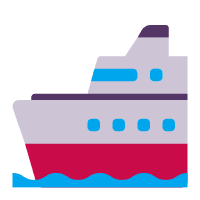When shipping goods internationally, choosing between sea freight and air freight is a critical decision that impacts your cost, delivery speed, and overall supply chain performance. For businesses importing from China, understanding the advantages and limitations of each method is essential to building a competitive logistics strategy. So, which one truly fits your business needs?
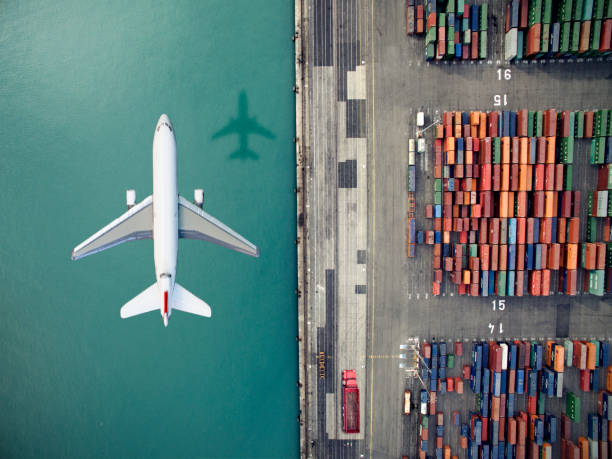
Sea freight from China is the go-to option for businesses dealing with large volumes of cargo or non-urgent shipments. It’s significantly more affordable, especially when shipping full container loads (FCL) or consolidated cargo (LCL). Sea routes can connect all major ports from Shenzhen and Ningbo to destinations like Los Angeles, Rotterdam, or Sydney.
Advantages of Sea Freight:
Lower cost per unit: Ideal for heavy and high-volume shipments.
Capacity flexibility: Perfect for full or partial containers.
Environmental benefits: Lower carbon footprint compared to air.
Customs efficiency: Longer transit time allows for smoother documentation handling.
Disadvantages:
Longer delivery times: Typically 20–40 days, depending on destination.
Port congestion risks: May lead to unexpected delays.
Limited control over scheduling: Weather and customs can affect ETAs.
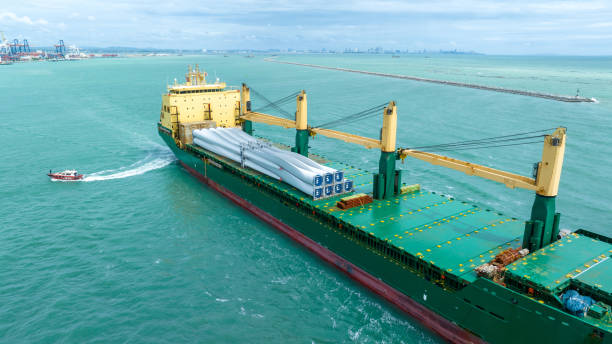
Air Freight from China: Speed, Security, and Time-Sensitive Solutions
Air freight is all about speed and precision. When delivery timelines are tight or products are high-value or perishable, air shipping offers a reliable and fast solution. Freight agents from China to the USA or EU often recommend this for electronics, fashion, or samples.
Advantages of Air Freight:
Fastest shipping option: Transit time as short as 2–7 days globally.
Higher reliability: Less impacted by external disruptions.
Improved cargo security: Lower risk of damage or theft.
Simpler tracking: Real-time updates via air tracking systems.
Disadvantages:
High cost per kg: Especially for bulky or dense goods.
Weight and volume restrictions: Aircraft capacity is limited.
More paperwork-sensitive: Requires stricter compliance.
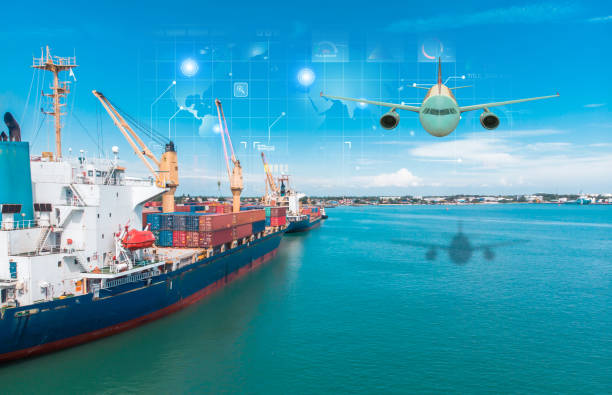
Cost vs. Time: A Practical Comparison
| Factor | Sea Freight | Air Freight |
|---|---|---|
| Average Delivery Time | 20–40 days | 2–7 days |
| Shipping Cost | Low (best for heavy cargo) | High (cost-sensitive for weight) |
| Best For | Bulk goods, non-perishable items | Urgent, high-value, or light cargo |
| Environmental Impact | Lower emissions | Higher carbon footprint |
How to Choose the Right Mode for Your Business
Product Type: Are you shipping machinery, electronics, or perishables?
Urgency: Can your supply chain accommodate delays?
Budget: What is your acceptable shipping cost threshold?
Destination & Customs: Are there port or airport limitations?
Your choice between sea and air freight should align with your overall logistics strategy, inventory management, and customer expectations.
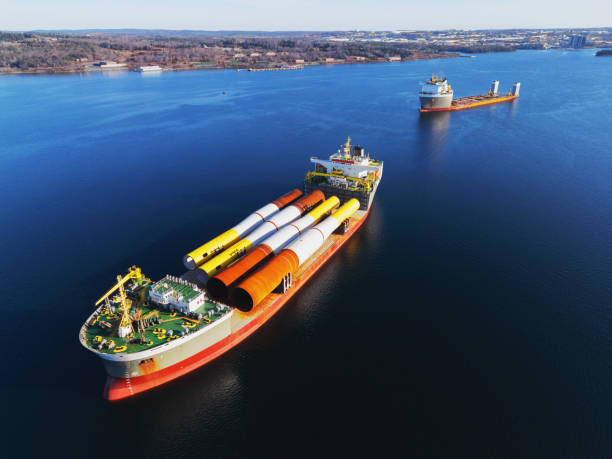
Why a Reliable Freight Forwarder Matters
Partnering with a professional freight forwarder from China to the USA can make this decision easier. A good shipping agent offers both sea and air solutions, helps with customs brokerage, and ensures your cargo arrives safely, on time, and within budget. At EVERGRAND, our logistics team supports tailored international shipping strategies across air, sea, and multimodal transport.
Choosing between sea freight and air freight isn’t just about cost or speed—it’s about what works best for your supply chain. Evaluate your business needs, shipment urgency, and budget, and consult with a trusted shipping agent from China to make informed decisions that boost your operational efficiency.




